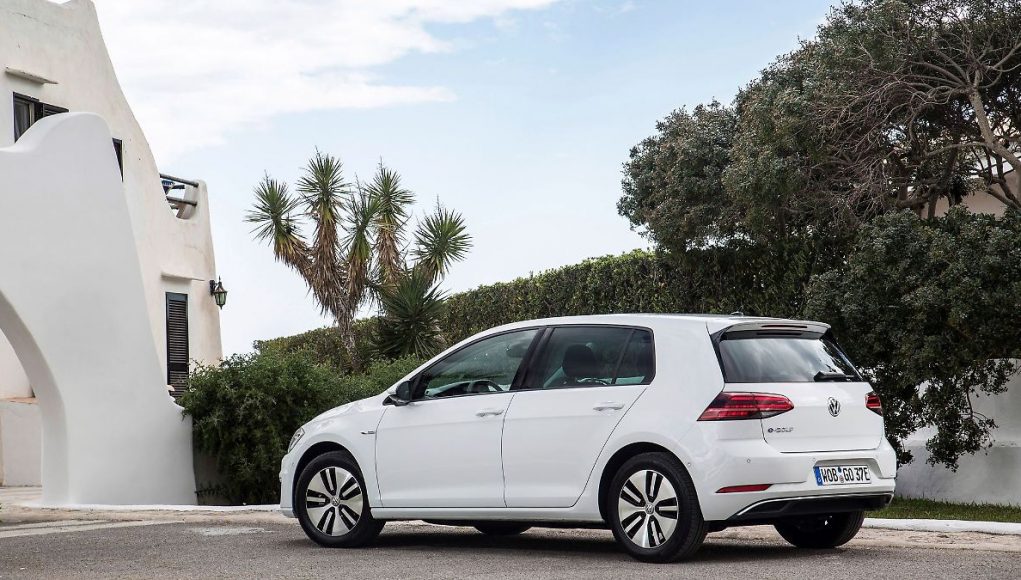Used car check
VW E-Golf at TÜV – winner in the compact class
This audio version was artificially generated. More info | Send feedback
The E-Golf represents the electrification of what is still Germany's best-selling car. It has inherited both old-fashioned features and virtues from the combustion engine; It gets very good marks from the TÜV.
From today's perspective, the range in the E-Golf can be expanded even with the larger battery, and it could still be enough for commuters. In addition, experts criticized the VW for having a CCS socket as an extra that was subject to a surcharge. With the Combined Charging System (CSS), you can also charge with direct current and therefore at fast charging stations.
Otherwise the VW gets a lot of praise. The “Auto Bild TÜV Report 2024” crowns it as the winner in the compact class.
Model history
The E-Golf came onto the market in 2014 as an electric version of the Golf VII. The series was temporarily discontinued in mid-2016 and was revised and went back on sale in 2017 with a new motor and larger battery. In May 2020 the Stromer version of the Golf VII finally came to an end.
Body and variants
The E-Golf was manufactured exclusively as a five-door hatchback. A station wagon – already in short supply among electric vehicles – was not launched by the electric compact.
With the facelift, the drive battery offered a net 32 kilowatt hours (kWh), previously it was 20.4 kWh. This increased the range from around 150 kilometers in the 2017 E-Golf to around 250 kilometers.
Dimensions (according to ADAC)
- 4.27 meters x 1.80 meters x 1.47 to 1.48 meters (L x W x H)
- Trunk volume: 341 to 1231 liters
Strengthen
Many. The “Auto Bild TÜV Report 2024” describes the operating concept of the E-Golf as still based on the combustion engine models, but otherwise as a carefully constructed electric car. Even the axle suspensions of electric cars, which are often heavily strained due to the high vehicle weight, appear to be solid.
The drive shafts, steering system and steering joints also perform perfectly at the HU. Low beam headlights and front and rear lighting are rarely complained about. The brake lines and hoses are durable, the brake discs are better than the class average, and the parking brake works reliably. The ADAC certifies a high level of safety and good workmanship.
weaknesses
Only the function of the foot brake is weak: at the first HU the complaint rate is already doubled, only to increase further at the second check.
The axle springs and dampers perform slightly below average on the second HU. The TÜV report advises prospective buyers to stay away from former car sharing models – they could be worn out.
Breakdown behavior
Like the combustion engine Golf, the e-Golf generally performs well in the ADAC breakdown statistics. And the club briefly reports: “none known” about possible trouble spots.
Engines
Front-wheel drive: 85 kW/115 HP and 100 kW/136 HP.
Dealer sales value according to information from Deutsche Automobil Treuhand (DAT) with statistically expected kilometers
- E-Golf (05/2015); 85 kW/115 HP (20.4 kWh); 96,000 kilometers; 11,900 euros.
- E-Golf(5/2018); 100 kW/136 HP (32 kWh); 66,000 kilometers; 14,224 euros.
- E-Golf (5/2020); 100 kW/136 HP (32 kWh); 44,000 kilometers; 17,309 euros.
































